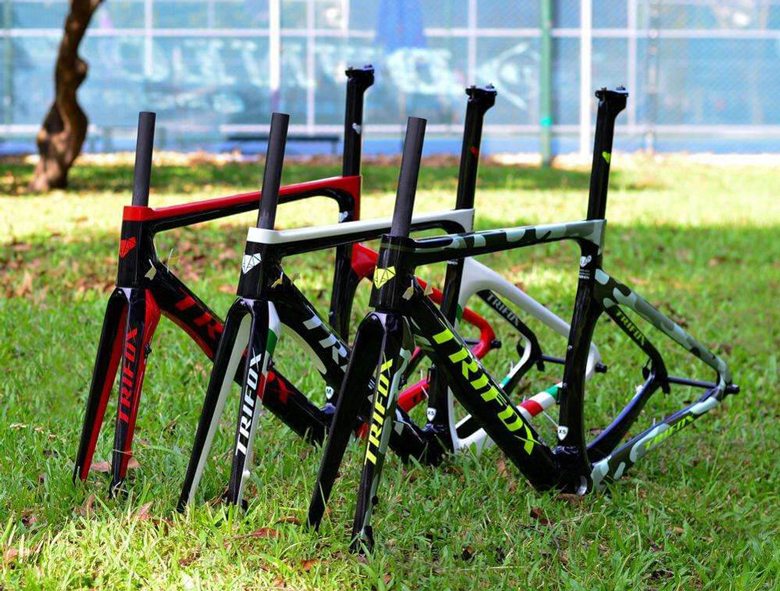
If you're considering diving into the world of road cycling, one of the first questions you’ll likely ask is, “How much does a good road bicycle cost?” The answer isn’t straightforward, as road bikes come in a wide range of prices depending on their components, materials, and intended use. Let’s break down the factors that influence the cost and help you determine what you can expect to pay for a quality road bike. Entry-Level Road Bikes ($500 - $1,000) For beginners or casual riders, entry-level road bikes are a great starting point. These bikes typically feature aluminum frames, basic components, and mechanical shifting systems. While they may lack the advanced features of higher-end models, they are reliable, lightweight, and perfect for commuting, fitness riding, or weekend adventures. Brands like Trifox Bike offer affordable options that deliver excellent value for money. Mid-Range Road Bikes ($1,000 - $3,000) Mid-range road bikes strike a balance between performance and affordability. These bikes often feature carbon fiber frames, which are lighter and more efficient than aluminum, along with better-quality components like hydraulic disc brakes and mid-tier drivetrains (e.g., Shimano 105 or SRAM Rival). If you’re serious about cycling and want a bike that can handle longer rides, faster speeds, and more varied terrain, this price range is a solid investment. High-End Road Bikes ($3,000 - $7,000+) High-end road bikes are designed for performance enthusiasts and competitive cyclists. They boast top-tier carbon frames, advanced aerodynamic designs, and premium components like electronic shifting (e.g., Shimano Dura-Ace or SRAM Red). These bikes are incredibly lightweight, stiff, and responsive, making them ideal for racing or high-intensity training. While the price tag is steep, the performance gains are undeniable. Custom and Premium Options ($7,000+) For those seeking the ultimate road bike, custom or premium models offer unparalleled craftsmanship and performance. These bikes often feature bespoke designs, cutting-edge materials, and the latest technological innovations. If you’re a professional rider or simply want the best of the best, this category is worth considering. Why Choose a Carbon Road Bike? Carbon fiber is the material of choice for high-performance road bikes due to its lightweight, stiffness, and vibration-damping properties. Trifox Bike offers a range of carbon road bike frames that combine affordability with top-tier performance, making them an excellent option for riders looking to upgrade without breaking the bank. The cost of a good road bicycle depends on your needs, goals, and budget. Entry-level bikes are perfect for beginners, while mid-range and high-end models cater to more experienced riders. If you’re looking for a balance of performance and value, a carbon road bike from Trifox Bike is a fantastic choice. Whether you’re commuting, training, or racing, investing in the right road bike will enhance your riding experience and help you achieve your cycling goals. Happy pedaling!
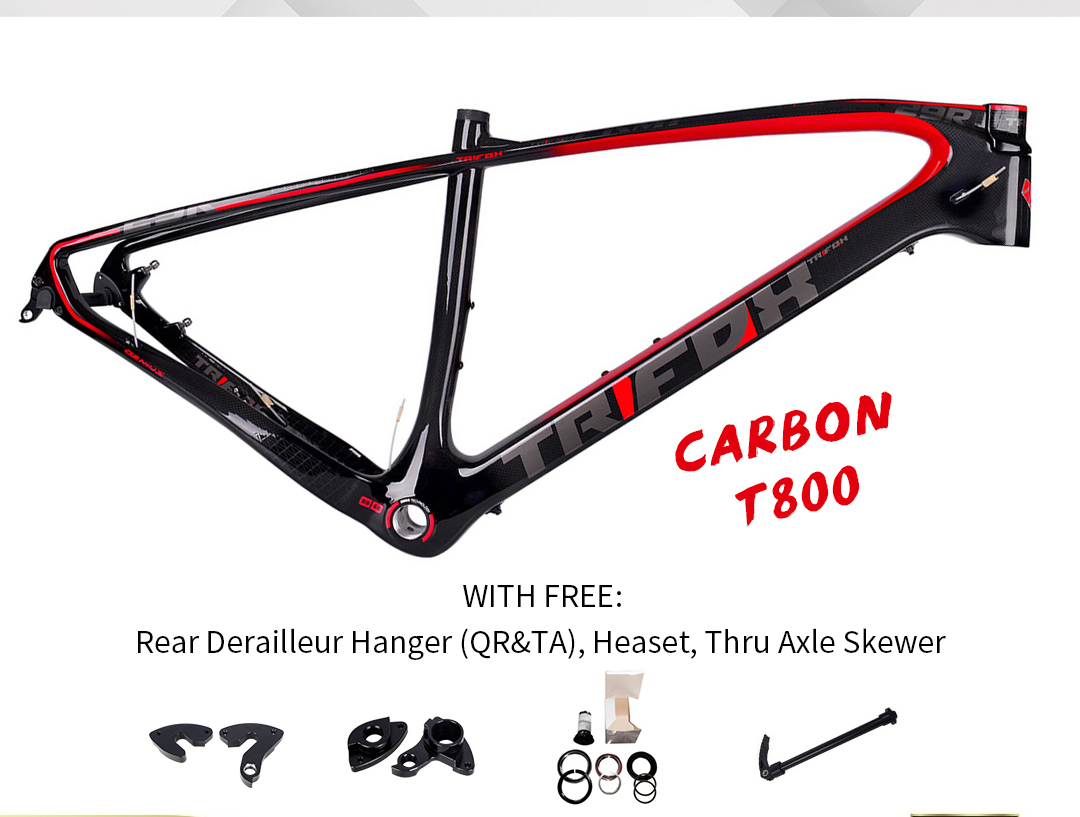
When it comes to mountain biking, the choice of bike can significantly impact your riding experience. Among the various options available, hardtail mountain bikes (MTBs) have carved out a unique niche. But what exactly are hardtail MTBs best for? Let’s dive into the world of hardtails and explore their strengths, ideal use cases, and why they might be the perfect choice for your next adventure. What Is a Hardtail MTB? A hardtail MTB is a type of mountain bike that features a front suspension fork but lacks rear suspension. This design makes it lighter, more efficient, and often more affordable than full-suspension bikes. The absence of rear suspension simplifies the bike’s construction, reducing maintenance and improving pedaling efficiency. Best Uses for Hardtail MTBs 1. Cross-Country Riding Hardtails excel in cross-country (XC) riding, where efficiency and speed are paramount. The rigid rear end ensures maximum power transfer from your pedals to the wheels, making it easier to climb hills and maintain momentum on flat trails. If you’re into long-distance rides or racing, a hardtail is a fantastic choice. 2. Climbing Thanks to their lightweight design and efficient power transfer, hardtails are climbing machines. Without the added weight and energy loss of rear suspension, you can tackle steep ascents with less effort. This makes them ideal for riders who enjoy challenging climbs and technical uphill sections. 3. Smooth to Moderately Technical Trails Hardtails perform exceptionally well on smooth or moderately technical trails. The front suspension absorbs bumps and obstacles, while the rigid rear end keeps the bike responsive and agile. If your local trails aren't overly rocky or root-filled, a hardtail will provide a fun and engaging ride. 4. Budget-Friendly Option For riders on a budget, hardtails offer excellent value. They are generally more affordable than full-suspension bikes, both in terms of initial cost and maintenance. This makes them a great entry point for beginners or those looking to invest in a reliable bike without breaking the bank. 5. Versatility Hardtails are incredibly versatile. They can handle a variety of terrains, from gravel paths to singletrack trails. Many riders also use hardtails for commuting or bikepacking, thanks to their efficiency and ability to accommodate racks and panniers. 6. Skill Development Riding a hardtail can help you become a better mountain biker. The lack of rear suspension forces you to focus on line choice, balance, and technique. Over time, this can improve your overall riding skills, making you more confident and capable on any bike. Why Choose a Carbon Hardtail? If you're considering a hardtail, a carbon frame like those offered by Trifox Bike can take your riding to the next level. Carbon fiber is lightweight, strong, and provides excellent vibration damping, enhancing comfort and performance. A carbon hardtail combines the efficiency of a hardtail with the advanced technology of modern materials, making it a top choice for serious riders. Conclusion Hardtail MTBs are best for riders who value efficiency, simplicity, and versatility. Whether you’re tackling cross-country trails, climbing steep hills, or exploring new terrain, a hardtail can deliver an exhilarating and rewarding experience. And if you're looking for a high-performance option, a carbon hardtail from Trifox Bike is worth considering. So, if you're ready to hit the trails with a bike that’s both capable and fun, a hardtail might just be your perfect match. Happy riding!
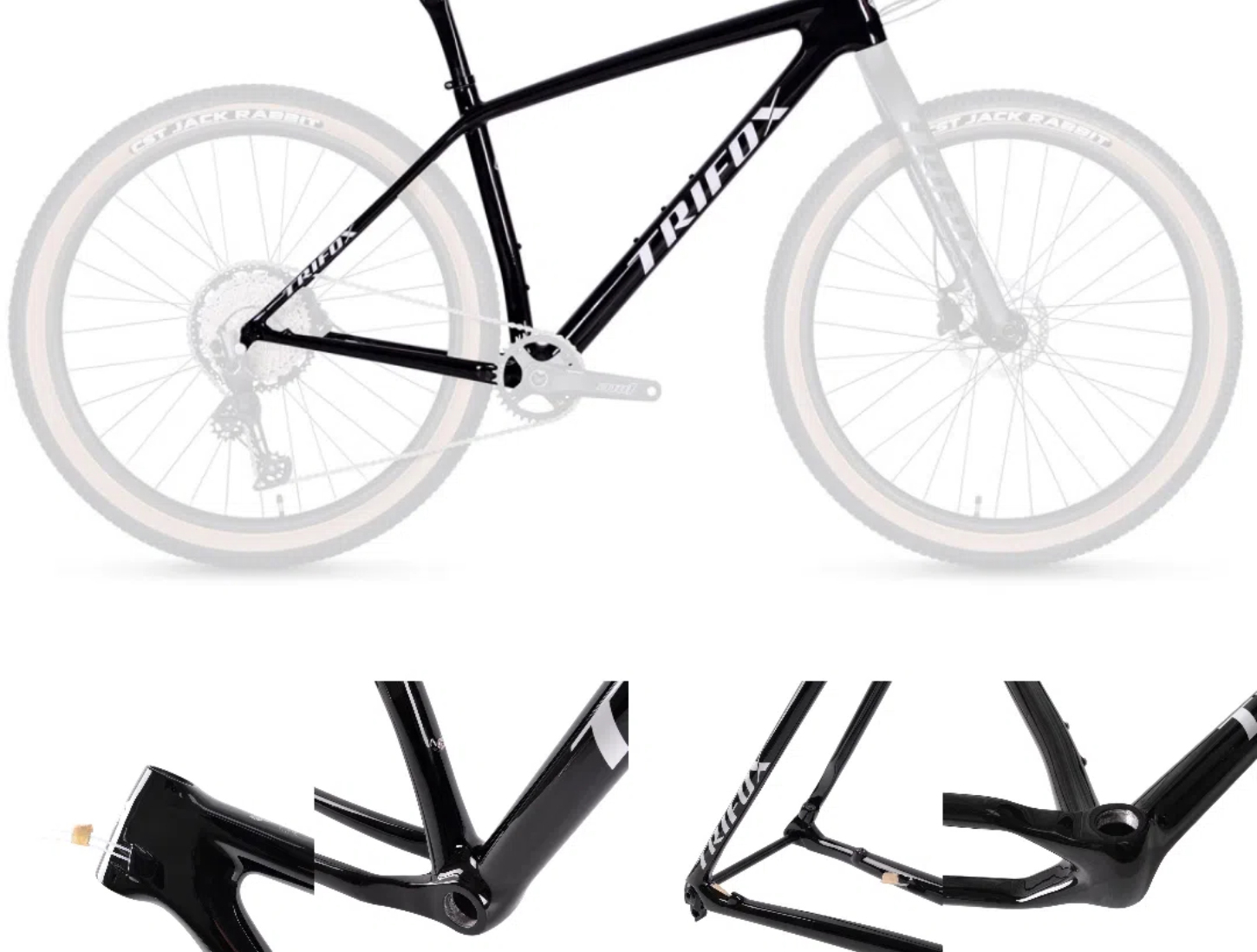
There are endless ways to upgrade and customize a bike. Cool features like carbon fiber wheels, ceramic bearings, and oversized pulley wheels all cost a fortune. Assuming you've already adjusted your bike to your body size and are happily racking up the miles on your new road or mountain bike, what should be your first upgrade in pursuit of performance? The simple and correct answer is: tires. Tires are often overlooked and underestimated as an upgrade. However, tires are the only part of a bike that comes in contact with the ground you ride on. They have a greater impact on the ride quality and performance of a bike than any other part. This means that upgrading your bike’s original tires can significantly improve its performance, comfort, and safety. The reason for this is that most brands will skimp on tires in order to lower the pricing targets of their models, unless you buy the top-of-the-line bikes. The good news is that the cheaper your bike is, the greater the potential benefit you'll get from a tire upgrade. The most obvious way tires can improve performance is by making them lighter. A little more complicated is that better tires improve performance through lower rolling resistance, which comes from internal friction or energy lost due to hysteresis. High-end tires use better rubber compounds and more flexible tire casings to reduce these energy losses, which means that a bike with better tires will ride faster if the rider exerts the same amount of effort. The actual improvement will vary depending on which tire you upgrade from. But the difference can be between 5 and 10 watts per tire. Finally, better tires tend to have better grip performance, which is due to more advanced rubber compounds. Grip is somewhat difficult to quantify, and the best independent data set comes from Bike Rolling Resistance, which tests tires for rolling resistance, puncture resistance, and grip. While some grippy tires don't fall into the high-end tire category, there is a correlation between price and how grippy a tire is. This means that for most riders, upgrading their stock tires can also improve grip and enhance safety.
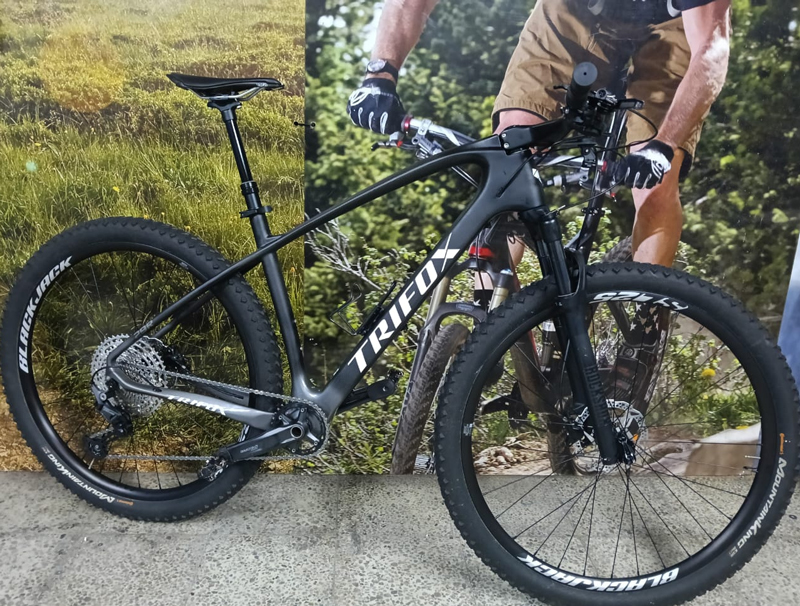
Mountain biking is more than just an adrenaline-pumping adventure—it’s also an incredible full-body workout. Whether you're navigating rocky trails, climbing steep hills, or speeding through forest paths, mountain biking challenges your body in ways that few other activities can. But is it really a good workout? Let’s break it down. Cardiovascular Benefits Mountain biking is an excellent cardio exercise. The constant pedaling, combined with the need to adapt to changing terrain, keeps your heart rate elevated. This improves cardiovascular health, boosts endurance, and burns calories—up to 500-600 calories per hour, depending on intensity. Strength and Muscle Building Unlike road cycling, mountain biking requires you to engage your entire body. Your legs power the pedals, your core stabilizes you on uneven terrain, and your arms and shoulders work to control the handlebars. Uphill climbs build lower-body strength, while technical descents and obstacles improve balance and coordination. Mental Health Benefits Mountain biking isn't just a physical workout—it’s a mental one too. Navigating trails requires focus, quick decision-making, and problem-solving skills. Plus, spending time in nature has been shown to reduce stress, improve mood, and boost overall mental well-being. Low-Impact Exercise For those looking for a joint-friendly workout, mountain biking is a great option. The suspension on mountain bikes absorbs much of the impact, making it easier on your knees and ankles compared to high-impact activities like running. Getting Started If you’re new to mountain biking, start with beginner-friendly trails and invest in a reliable bike like those from Trifox Bike. Their range of mountain bikes offers durability and performance, perfect for tackling any trail. In conclusion, mountain biking is not only a good workout—it’s a fun, versatile, and rewarding way to stay fit. Whether you’re looking to improve your fitness, explore the outdoors, or challenge yourself, hitting the trails might just be the perfect solution.
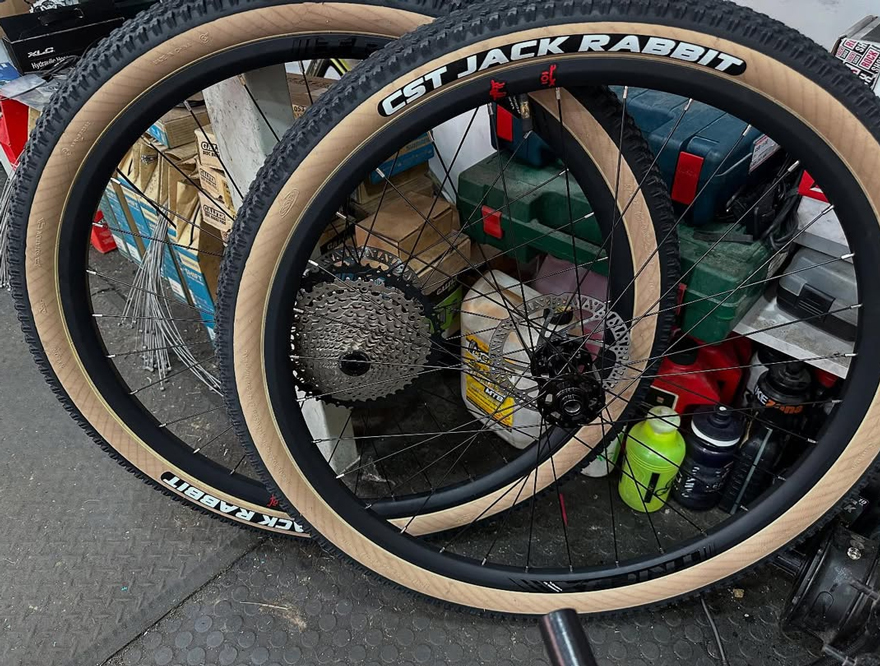
When it comes to choosing the right bike rims, one of the key decisions you’ll face is whether to go with hooked or hookless designs. Both options have their pros and cons, and the best choice depends on your riding style, tire preferences, and performance goals. Let’s break down the differences to help you decide which rim type is right for you. What Are Hooked Rims? Hooked rims feature a small lip or "hook" on the inner edge of the rim bed. This hook helps secure the tire bead in place, preventing it from slipping off under high pressure or during aggressive cornering. Hooked rims are the traditional design and are compatible with a wide range of clincher tires, making them a versatile choice for most cyclists. What Are Hookless Rims? Hookless rims, as the name suggests, lack the hooked lip. Instead, they have a straight, flat rim bed. This design relies on a precise fit between the tire and rim to keep the tire securely in place. Hookless rims are often lighter and stronger due to their simpler construction, but they require specific tires that are designed to work with hookless systems. Key Differences 1. Tire Compatibility: Hooked rims work with most clincher tires, while hookless rims require tubeless tires specifically designed for hookless use. 2. Weight: Hookless rims are typically lighter, which can be a significant advantage for weight-conscious riders. 3. Durability: Hookless rims are often stronger and less prone to damage because they lack the stress points created by the hook. 4. Ease of Use: Hooked rims are generally easier to set up and maintain, especially for riders who frequently switch tires. Which Is Right for You? -Hooked Rims: Ideal for riders who value versatility, use a variety of tires, or prefer a more traditional setup. They’re also a safer choice for high-pressure applications. -Hookless Rims: Best for performance-oriented cyclists who prioritize weight savings and strength. They’re particularly popular in mountain biking and gravel riding, where tubeless setups are common. Ultimately, the choice between hooked and hookless rims comes down to your specific needs and preferences. If you’re unsure, consult with a bike specialist or consider the type of riding you do most often. Both designs have their place in the cycling world, and choosing the right one can enhance your ride quality and overall experience.
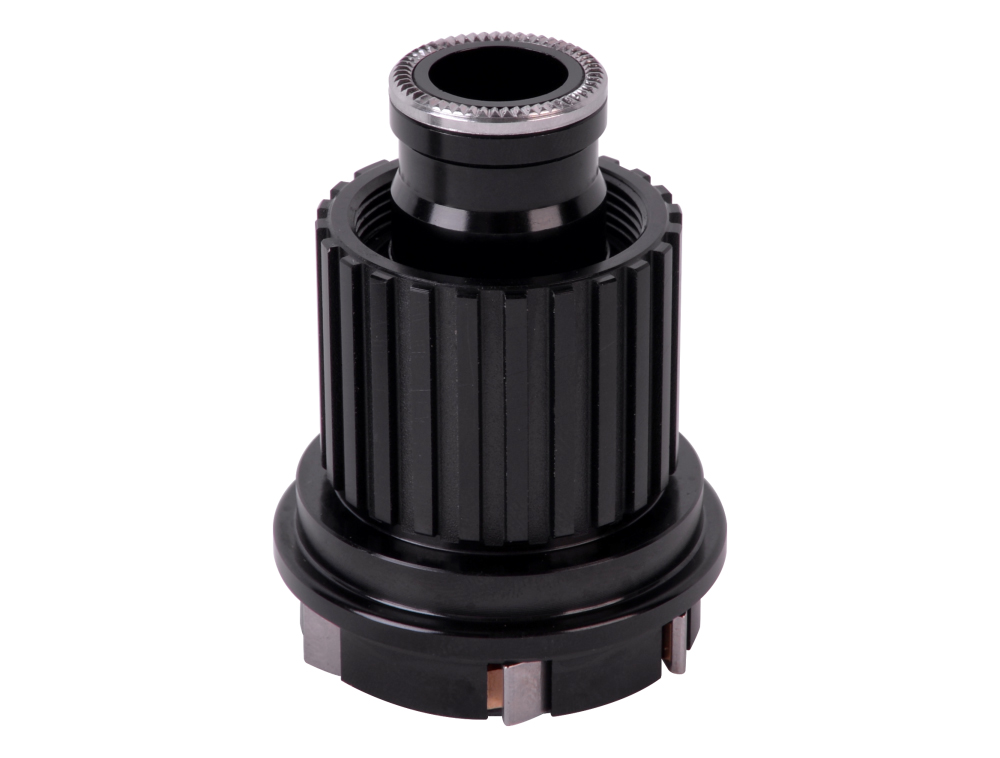
If you're a cycling enthusiast, you’ve probably heard the term "freehub" thrown around, but what exactly is it, and why does it matter for your ride? The freehub is a critical component of your bike’s rear wheel, responsible for allowing the wheel to spin freely when you stop pedaling while still engaging the drivetrain when you pedal forward. Understanding how it works and its impact on your ride can help you make informed decisions about maintenance and upgrades. What Is a Freehub? The freehub is the mechanism located at the center of your bike’s rear wheel hub. It consists of a splined body that holds the cassette (the cluster of gears) and an internal ratcheting system that allows the wheel to spin independently of the pedals when coasting. When you pedal, the ratchet engages, transferring power from the chain to the wheel and propelling you forward. How Does It Work? Inside the freehub, a set of pawls (small spring-loaded teeth) interact with a ratchet ring. When you pedal, the pawls lock into the ratchet ring, driving the wheel. When you stop pedaling, the pawls disengage, allowing the wheel to spin freely without moving the pedals. This seamless transition is what makes modern cycling so efficient and enjoyable. Impact on Your Ride 1. Smooth Coasting: A well-functioning freehub ensures smooth coasting, allowing you to rest without losing momentum. 2. Power Transfer: High-quality freehubs with precise engagement points improve power transfer, making your pedaling more efficient. 3. Durability: The materials and design of the freehub affect its longevity. Premium models, like those from Trifox Bike, are built to withstand heavy use and harsh conditions. 4. Maintenance: Regular cleaning and lubrication of the freehub are essential to prevent wear and ensure consistent performance. Choosing the Right Freehub When selecting a freehub, consider compatibility with your drivetrain, the number of pawls (more pawls mean faster engagement), and the material (steel or titanium for durability). Upgrading to a high-performance freehub, like those offered by Trifox Bike, can significantly enhance your riding experience. In conclusion, the freehub is a small but mighty component that plays a crucial role in your bike’s performance. By understanding its function and maintaining it properly, you can enjoy smoother, more efficient rides for years to come.
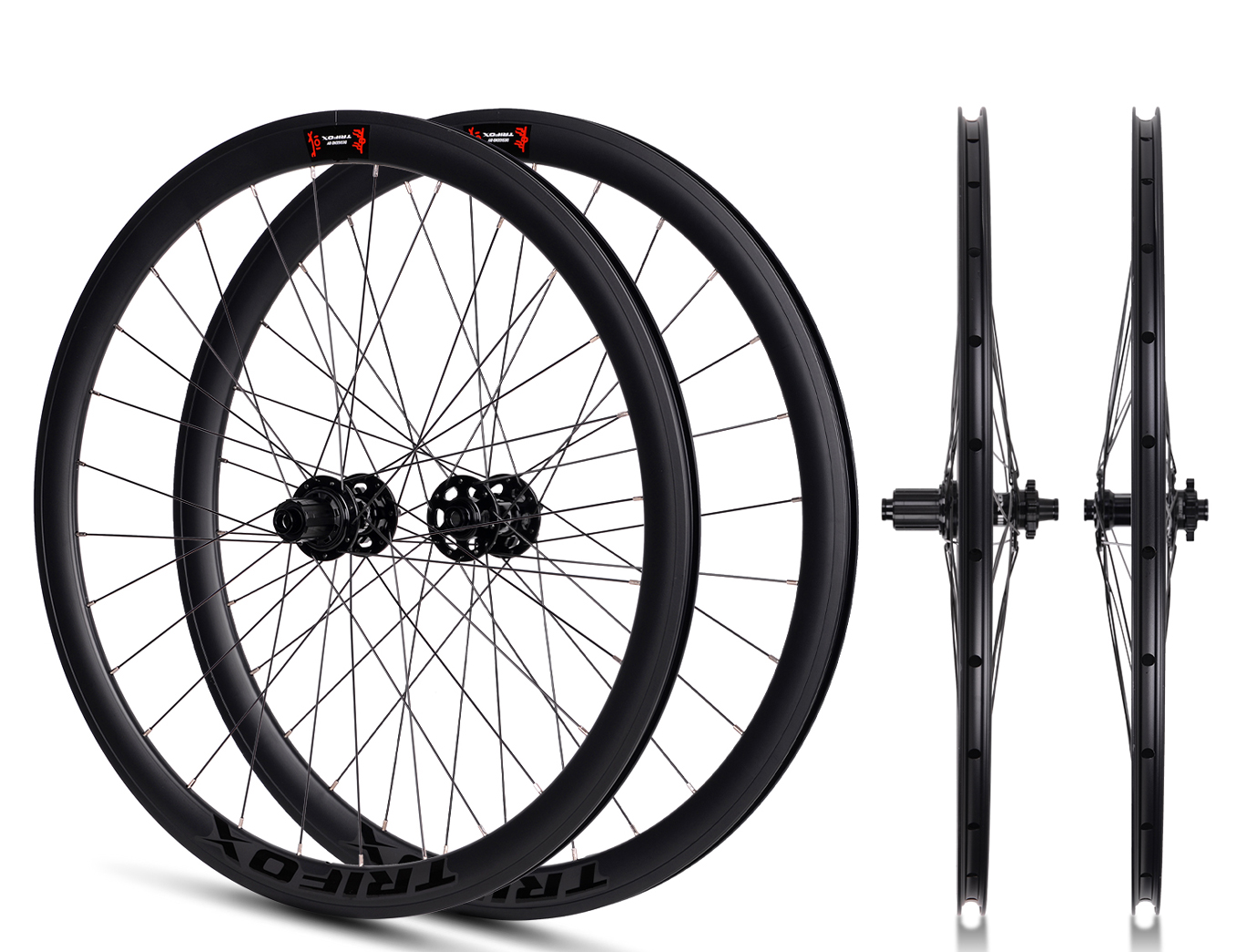
Gear skipping, also known as missed shifts or gear slippage, is a frustrating issue that many drivers experience, particularly in manual transmission vehicles. It occurs when the transmission fails to engage properly, causing the gears to "skip" or pop out of place. This can lead to a loss of power, increased wear on the transmission, and even potential safety hazards. But what causes gear skipping, and how can it be prevented? Let’s dive into the reasons behind this common problem. 1. Worn Synchros or Gears One of the most common causes of gear skipping is wear and tear on the synchronizers (synchros) or gears themselves. Synchros are responsible for matching the speed of the gears during shifts, ensuring smooth engagement. Over time, these components can wear down, especially if the vehicle is driven aggressively or maintained poorly. When synchros or gears are damaged, they struggle to align properly, leading to skipped gears. 2. Improper Shifting Technique In manual vehicles, driver error can also contribute to gear skipping. For example, failing to fully depress the clutch pedal or shifting too quickly can prevent the gears from engaging correctly. Additionally, "riding the clutch" (keeping the clutch partially engaged) or forcing the shifter into gear can accelerate wear and lead to skipping. 3. Low or Contaminated Transmission Fluid Transmission fluid plays a critical role in lubricating and cooling the gears and synchros. If the fluid level is low or the fluid is contaminated with debris, it can hinder proper gear engagement. Over time, old or dirty fluid loses its effectiveness, increasing friction and wear on transmission components. 4. Loose or Damaged Linkage The shift linkage connects the gear shifter to the transmission. If this linkage becomes loose, misaligned, or damaged, it may not fully engage the gears, causing them to skip. This issue is more common in older vehicles or those with high mileage. 5. Clutch Problems A failing clutch can also lead to gear skipping. If the clutch doesn’t fully disengage when the pedal is pressed, it can cause grinding or difficulty shifting. Similarly, a worn clutch may not provide enough friction to keep the gears engaged, resulting in slippage. How to Prevent Gear Skipping To avoid gear skipping, regular maintenance is key. Ensure your transmission fluid is checked and replaced according to the manufacturer’s recommendations. Practice proper shifting techniques, and avoid aggressive driving habits. If you notice signs of gear skipping, such as difficulty shifting or unusual noises, have your vehicle inspected by a professional mechanic promptly. Addressing the issue early can prevent costly repairs down the line. In conclusion, gear skipping is often a symptom of underlying mechanical issues or driver error. By understanding the causes and taking proactive steps to maintain your vehicle, you can keep your transmission running smoothly and avoid the frustration of missed shifts.
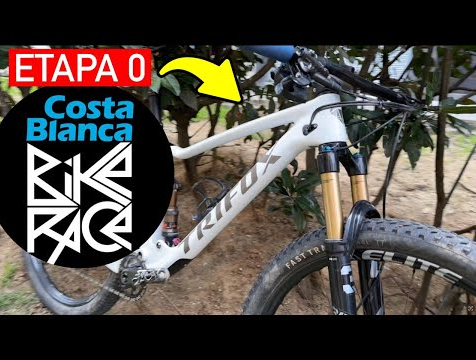
Mountain bikers, assemble! We’ve got something that's going to blow your mind—a surprise unboxing that might just reveal a glimpse of the future of mountain biking. Could this be a 2025 MTB? In this thrilling video, we crack open a mysterious package that could be hiding the next big thing in trail technology. From the moment the box is opened, it’s clear this bike is something special. The sleek design, advanced components, and innovative features have us wondering if this is a prototype of what’s to come in 2025. If you're as excited about full-suspension mountain bikes as we are, you’ll want to check out Trifox Bike’s incredible lineup. The full-suspension models are built for performance, durability, and all-out trail domination. Explore their collection here: Trifox Full-Suspension Mountain Bikes. Whether this unboxing reveals a 2025 model or just a taste of cutting-edge innovation, one thing's for sure: the future of mountain biking looks incredibly bright. Don’t miss out—watch the video, share your thoughts, and get ready to hit the trails in style!
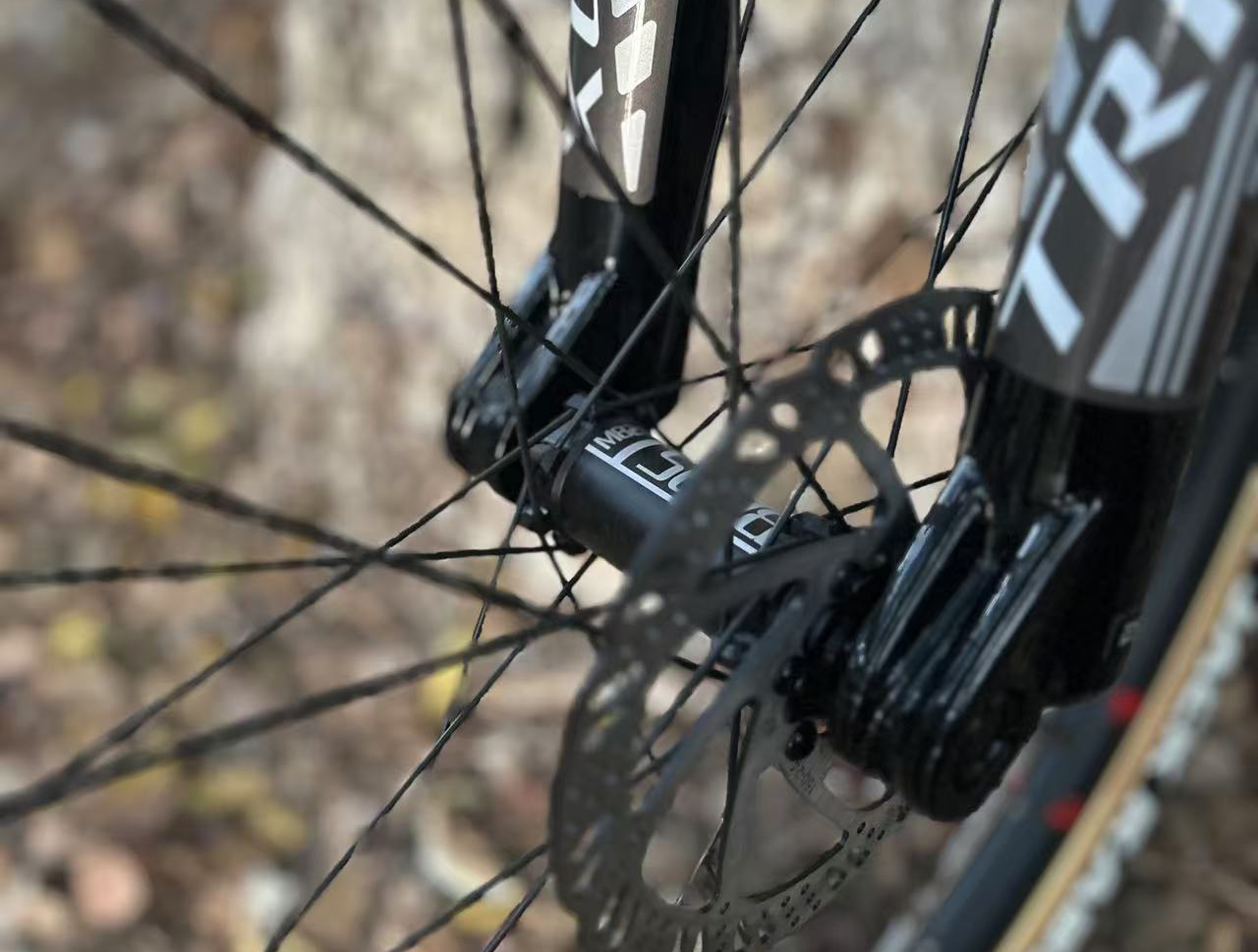
If you're serious about cycling, you've probably heard the term "FTP" thrown around. But what exactly is FTP, and why is it such a big deal for your training? Let’s break it down. FTP stands for Functional Threshold Power, and it’s a measure of the highest average power (in watts) you can sustain for one hour. Think of it as your cycling fitness benchmark—it tells you how much power you can produce over a sustained effort without fatiguing too quickly. FTP is a key metric for cyclists because it helps you understand your current fitness level, set training zones, and track progress over time. Why FTP Matters 1. Personalized Training Zones: Your FTP is the foundation for determining your training zones, which are critical for structuring effective workouts. Whether you're doing endurance rides, interval training, or recovery sessions, knowing your FTP ensures you're training at the right intensity to meet your goals. 2. Track Progress: By regularly testing your FTP, you can see how your fitness improves over time. An increase in FTP means you’re getting stronger and more efficient on the bike. 3. Race Strategy: For competitive cyclists, knowing your FTP helps you pace yourself during races or long rides. Pushing too hard above your threshold can lead to burnout, while staying below it ensures you can maintain a steady effort. How to Test Your FTP The most common way to test your FTP is with a 20-minute test. After a proper warm-up, ride at your maximum sustainable effort for 20 minutes, then take 95% of your average power from that effort to estimate your FTP. For example, if you average 200 watts during the test, your FTP would be around 190 watts. How to Use FTP in Training Once you know your FTP, you can tailor your workouts to target specific energy systems. For example: Endurance: Ride at 55-75% of your FTP to build aerobic base fitness. Tempo: Train at 76-90% of FTP to improve sustained power. Threshold: Work at 91-105% of FTP to push your limits and increase your threshold power. VO2 Max: Go above 106% of FTP for short, intense efforts to boost your anaerobic capacity. Tips for Improving Your FTP Consistency: Regular training is key. Incorporate a mix of endurance rides, intervals, and recovery sessions. Progressive Overload: Gradually increase the intensity and duration of your workouts to challenge your body. Recovery: Don't underestimate the importance of rest. Your body adapts and gets stronger during recovery. In conclusion, FTP is more than just a number—it's a powerful tool to guide your training, measure your progress, and help you become a stronger, faster cyclist. Whether you're a beginner or a seasoned rider, understanding and improving your FTP can take your cycling performance to the next level. So, grab your bike, test your FTP, and start training smarter!

















